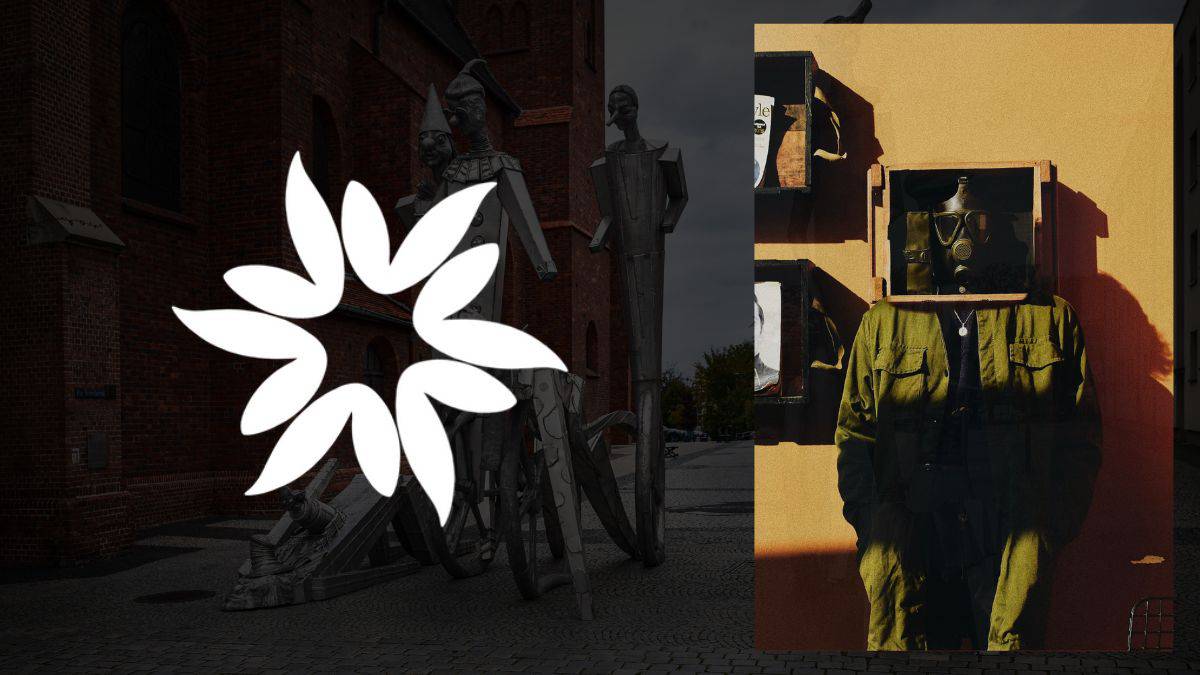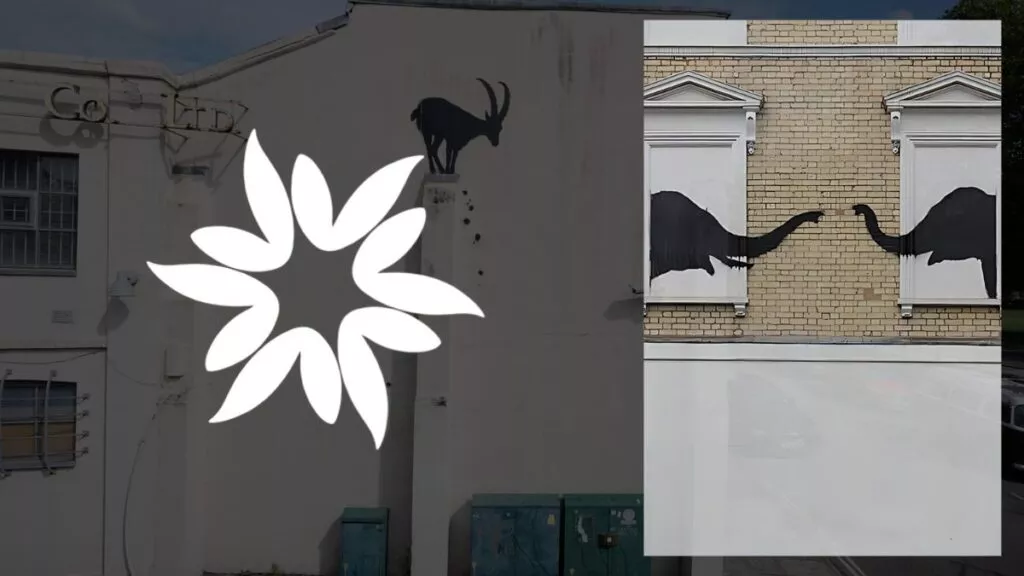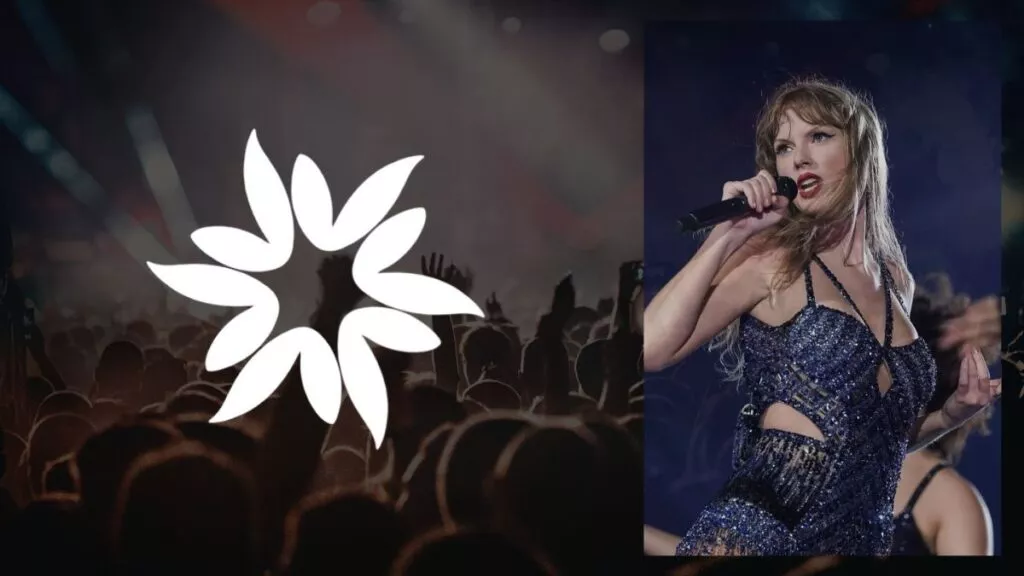Contemporary art is art created by artists living in the present time. It includes a wide range of styles and mediums, reflecting current ideas, culture, and technology.
Throughout the years, contemporary art has been shaped by key figures and influential movements. This article delves into everything you need to know about this dynamic and evolving art form.
Key Takeaways
- Contemporary art includes various styles and mediums, from traditional painting and sculpture to digital and performance art.
- This art form reflects and engages with current societal issues, technology, and cultural trends, making it relevant and dynamic.
- Major movements like Pop Art, Minimalism, and Street Art have shaped contemporary art, with artists such as Yayoi Kusama, Banksy, and Marina Abramović leading the way.
What Is Contemporary Art?
Contemporary art refers to the art produced from the mid-20th century to the present day.
It is known for its diversity and dynamism, encompassing various styles, mediums, and techniques.
Unlike earlier art periods, contemporary art doesn’t adhere to a single style or approach. It is often characterized by its engagement with current issues, including politics, culture, and technology.
This art form challenges traditional boundaries, embracing experimentation and innovation.
Artists use various mediums, such as painting, sculpture, digital art, and performance art, to express their ideas.
The lack of a uniform style is a defining feature, allowing artists to explore and push the limits of what art can be.
Major Contemporary Art Movements and Artists
Here are some of the major contemporary art movements and the artists who have shaped them, each bringing their unique perspectives and styles to the art world.
1. Pop Art
Pop Art emerged in the 1950s and 1960s, drawing inspiration from popular culture, mass media, and consumer products.
Artists like Andy Warhol and Roy Lichtenstein became famous for their works that featured everyday objects and media icons, transforming them into high art.
Pop Art challenged the traditional boundaries between high and low culture.
2. Photorealism
Photorealism, which gained popularity in the late 1960s and 1970s, involves creating paintings that are so detailed they resemble photographs.
Artists like Chuck Close and Richard Estes focused on meticulous detail to capture the realism of their subjects, often exploring themes of perception and reality.
3. Conceptualism
Conceptual Art, which emerged in the 1960s, emphasizes the idea or concept behind the artwork rather than its aesthetic qualities.
Artists like Sol LeWitt and Joseph Kosuth used simple forms and materials to convey complex ideas, often questioning the nature of art itself.
4. Minimalism
Minimalism, which developed in the late 1950s and 1960s, is characterized by its simplicity and focus on pure form.
Pioneers like Donald Judd and Agnes Martin created works that stripped down art to its essential elements, using geometric shapes and industrial materials to explore the relationship between space and viewer.
5. Performance Art
Performance Art involves live performances by the artist, often exploring themes of identity, endurance, and the human body.
Marina Abramović is one of the most well-known performance artists, famous for her intense and often controversial performances that challenge both the artist and the audience.
6. Installation Art
Installation Art creates immersive environments that engage multiple senses. Yayoi Kusama’s Infinity Mirror Rooms are a prime example, using mirrors and lights to create a surreal experience of infinite space.
This art form often transforms the space it occupies, making the viewer an integral part of the artwork.
7. Earth Art
Earth Art, also known as Land Art, involves using natural landscapes and materials to create large-scale artworks.
Robert Smithson’s Spiral Jetty is a famous example of a massive spiral of rocks built into the Great Salt Lake in Utah. This movement emphasizes the relationship between art and nature.
8. Street Art
Street Art includes graffiti, murals, and other forms of art created in public spaces. Often unauthorized, it serves as a form of social and political commentary.
Banksy is one of the most famous street artists, and he is known for his provocative and satirical works that appear in cities around the world.
Contemporary Art and the Digital Age
The digital age has brought new tools and mediums to contemporary art. Digital art, video art, and internet-based art are some of the forms that have emerged.
Artists are using technologies like virtual reality (VR) and artificial intelligence (AI) to create interactive and immersive experiences.
The rise of NFTs (non-fungible tokens) has also revolutionized how digital art is bought and sold, providing new opportunities for artists to monetize their work.
Top 15 Most Popular Contemporary Artists
Here are some of the most influential contemporary artists who continue to inspire and challenge our understanding of art.
1. Yayoi Kusama (1929–present)
Yayoi Kusama is a Japanese artist famous for her immersive installations and use of polka dots. Her works explore themes of infinity and the human condition.
The Infinity Mirror Rooms are among her most well-known creations, offering viewers a mesmerizing experience of endless reflections.
2. Marina Abramović (1946–present)
Known as the “grandmother of performance art,” Marina Abramović is a pioneering figure in the field.
Her performances often explore themes of pain, endurance, and the limits of the human body. Notable works include “The Artist is Present” and “Rhythm 0”.
3. Ai Weiwei (1957–present)
Ai Weiwei is a Chinese artist and activist known for his provocative works that challenge political and social issues.
His art often critiques government policies and advocates for human rights. “Sunflower Seeds” and “Dropping a Han Dynasty Urn” are among his famous works.
4. Jean-Michel Basquiat (1960–1988)
Jean-Michel Basquiat emerged from the New York graffiti scene in the late 1970s and quickly gained fame for his raw, expressive works that addressed issues of race, identity, and power.
His distinctive style combined text and imagery, creating a powerful commentary on contemporary society.
5. Takashi Murakami (1962–present)
Takashi Murakami, a Japanese artist, is known for his colorful, cartoon-like works that blend traditional Japanese art with contemporary pop culture.
His “Superflat” style critiques consumerism and the shallow aspects of post-war Japanese culture. Murakami’s works are instantly recognizable and widely popular.
6. Banksy (1974–present)
Banksy, an anonymous street artist, has gained international fame for his thought-provoking and often controversial works.
His stencils and installations address social and political issues, using humor and satire to make powerful statements. Despite his anonymity, Banksy’s art is widely recognized and significantly impacts contemporary art and culture.
7. Lauren Halsey (1987–present)
Lauren Halsey is a contemporary artist from Los Angeles whose work combines elements of community, history, and futurism.
Her rooftop commission at the Metropolitan Museum of Art in 2023 featured symbols of Black culture, including protest slogans and images of Black hairstyles and spaceships.
Lauren’s art is deeply rooted in her South Central LA community, celebrating Blackness and addressing socio-political themes.
8. Mandy El-Sayegh (1985–present)
Mandy El-Sayegh, born in Malaysia and based in London, creates complex abstract works using painting, collage, and silkscreen techniques.
Her pieces often include fragments of text, symbols, and images that explore personal and political narratives.
El-Sayegh has gained recognition for her thought-provoking art that challenges conventional boundaries.
9. Refik Anadol (1985–present)
Refik Anadol is a Turkish artist based in Los Angeles, known for his pioneering work in generative art.
His “Machine Hallucinations” series uses algorithms to transform data sets into abstract visualizations.
Anadol’s work has been featured in major exhibitions, including a significant installation at the Museum of Modern Art in New York, which explores the intersection of AI and art.
10. George Condo (1957–present)
George Condo is an American artist known for his abstract paintings depicting distorted human forms.
His unique style combines influences from historical artists like Picasso and Matisse, creating works that explore the human condition with a mix of humor and grotesqueness.
Condo has made a significant impact on contemporary art with his innovative approach to portraiture.
11. Amoako Boafo (1984–present)
Amoako Boafo, a Ghanaian artist, is renowned for his vibrant portraits that celebrate Black identity.
His work, characterized by bold colors and textured surfaces, addresses themes of representation and diversity.
Boafo’s paintings have gained international acclaim, making him a prominent figure in contemporary art.
12. Sarah Zapata (1991–present)
Sarah Zapata is an American textile artist who creates large-scale installations using traditional Peruvian weaving techniques and American rug-making practices.
Her works are colorful, dynamic, and often anthropomorphic, exploring themes of cultural heritage and identity. Zapata’s innovative use of materials and space has garnered attention in the contemporary art world.
13. Michaela Yearwood-Dan (1994–present)
Michaela Yearwood-Dan is a British artist known for her expressive and large-scale paintings exploring social and self-identity themes.
Her works draw on elements of Black identity, millennial culture, and feminism, creating vibrant and thought-provoking pieces that challenge societal norms.
14. Jaune Quick-to-See Smith (1940–present)
Jaune Quick-to-See Smith is a Native American artist whose work combines abstract painting with socio-political commentary.
Her art addresses issues such as land rights, racism, and cultural preservation, blending symbols of Native culture with American pop imagery.
Smith’s work has been influential in bringing Native American perspectives to the forefront of contemporary art.
15. Louise Bonnet (1970–present)
Louise Bonnet is a Swiss-born, Los Angeles-based artist known for her surreal and grotesque figures with exaggerated limbs.
Her paintings mix elements of Surrealism and Old Master portraiture, creating a distinctive style that explores the boundaries of the human form.
Bonnet’s work has been featured in major exhibitions, including the Venice Biennale.
What’s Next for Contemporary Art?
Contemporary art continues to evolve, influenced by technological advancements and global socio-political changes.
Though some may find it controversial, integrating AI, VR, and blockchain technology opens new frontiers for artistic expression.
Remember, the future of contemporary art lies in its ability to adapt and respond to the ever-changing world, pushing boundaries and exploring new possibilities.
This will aid artists in addressing increasingly urgent issues such as climate change, inequality, and digital surveillance.








